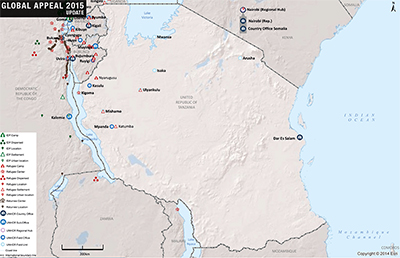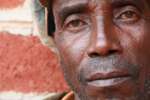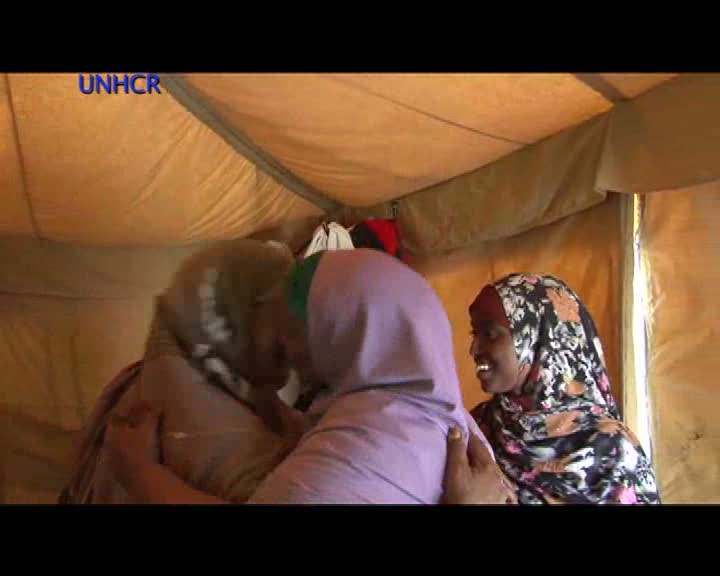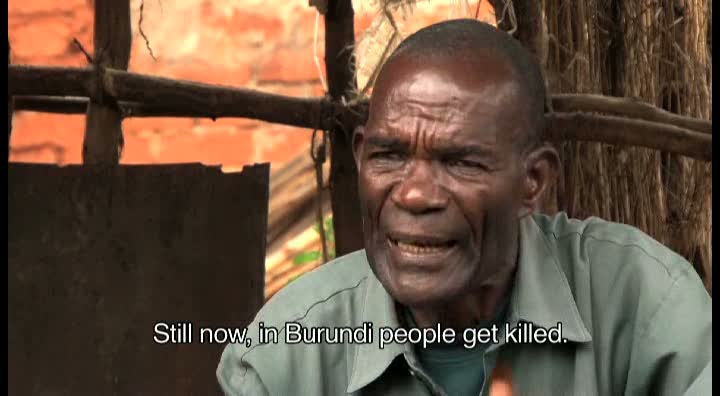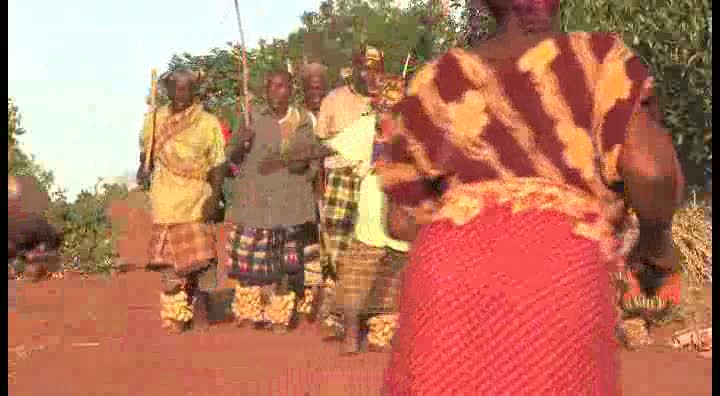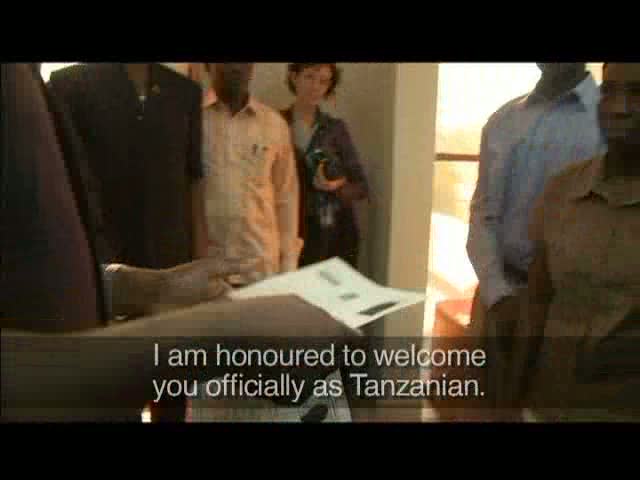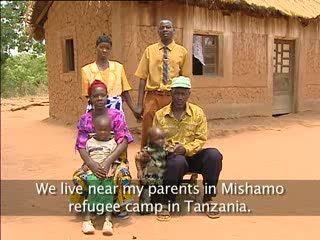Home > Where We Work > Africa > Central Africa and the Great Lakes > United Republic of Tanzania
2015 UNHCR country operations profile - United Republic of Tanzania
| Overview |
Working environment
-
UNHCR will work with the Government of the United Republic of Tanzania (Tanzania) and partners to safeguard the rights and entitlements of refugees and other people of concern by promoting an enabling environment for the country to adapt its national legislation to the international instruments to which it has acceded. The Government has committed to aligning domestic law to international standards and to issue birth certificates and identification cards in 2015. This will improve refugee access to social services.
-
Sexual and gender-based violence (SGBV) remains a challenge for refugees; some harmful traditional practices perpetuate discrimination against women and children. In 2015, UNHCR will work to promote women's rights and refugees' free access to SGBV prevention and response mechanisms.
-
Continuing insecurity in the eastern part of the Democratic Republic of the Congo (DRC) remains an important obstacle to voluntary repatriation. Meanwhile, in 2015, UNHCR will continue implementing a regional resettlement strategy for Congolese refugees.
-
Following the suspension in June 2011 of the naturalization and local integration programme that had begun, the President of Tanzania in September 2014 authorized the relevant authorities to commence the issuance of naturalization certificates to over 162,000 former Burundian refugees. This new development calls on UNHCR to rapidly respond to this opportunity to find permanent solutions for this population.
-
UNHCR, together with partners, will support the Government of Tanzania in the formulation and implementation of programmes that strengthen livelihoods and local integration in the old settlements of Katumba, Mishamo and Ulyankulu, where the former Burundian refugees reside.
-
For decades, the Government and people of Tanzania have been hospitable to refugees. This support is expected to continue in 2015 with the implementation of legal and socio-economic measures for the newly naturalized Burundian refugees and the continued provision of security for the Nyarugusu camp, as well as the three old settlements of Katumba, Mishamo and Ulyankulu.
People of concern
In 2015, UNHCR's Tanzania operation is concerned with supporting: Congolese refugees, most of whom fled their villages due to civil conflict in the eastern part of the DRC in 1996 and have been unable to return; Burundian refugees who fled their villages in the 1990s and were found to be in continued need of international protection; former Burundian refugees who arrived in 1972 and whose naturalization process was completed in 2014.
| UNHCR 2015 planning figures for United Republic of Tanzania | |||||
|---|---|---|---|---|---|
| Type of population | Origin | January 2015 | December 2015 | ||
| Total in country | Of whom assisted by UNHCR |
Total in country | Of whom assisted by UNHCR |
||
| Total | 289,300 | 264,290 | 296,780 | 270,780 | |
| Refugees | Burundi | 37,790 | 12,790 | 39,310 | 13,300 |
| Dem. Rep. of the Congo | 59,440 | 59,440 | 57,820 | 57,820 | |
| Various | 160 | 160 | 170 | 170 | |
| Asylum-seekers | Dem. Rep. of the Congo | 2,200 | 2,200 | 2,200 | 2,200 |
| Others of concern | Burundi | 189,700 | 189,700 | 197,290 | 197,290 |
| Response |
Needs and strategies
In 2015, UNHCR will continue focusing on protection activities, with particular emphasis on reducing the risk of SGBV for refugees. There are consistently high levels of SGBV and sexual exploitation and abuse in Nyarugusu camp, mainly resulting from harmful traditional practices affecting women and girls. This will be mitigated through education, alternative energy solutions, women's empowerment, and livelihoods.
UNHCR will also prioritize refugee empowerment by reducing protection risks and aiming to increasing resilience, particularly for refugee women.
UNHCR will continue providing assistance in the key sectors of health, nutrition, water and sanitation, education and community empowerment. Education is supported by communities, with limited government support in the form of teaching aids. Classroom space is inadequate and a double-shift system is currently in place. Annually, 54 primary schools graduate more than 3,000 pupils, while the seven available secondary schools can only admit 500 students. UNHCR will advocate for their admission to mainstream secondary schools.
The United States Government has agreed to resettle more than 30,000 Congolese (DRC) refugees from Tanzania in 2015 as part of a regional resettlement strategy.
Another priority for UNHCR in Tanzania will be the local integration of the newly naturalized 1972 Burundian refugees.
| Implementation |
Coordination
UNHCR works closely with other UN agencies by participating in the UN Development Assistance Plan (UNDAP). The Office also works closely with the Refugee Services Department of the Ministry of Home Affairs and other government departments.
In addition, the Office works with 13 partners on protection activities for people of concern.
| 2015 UNHCR partners in United Republic of Tanzania |
|---|
| Implementing partners |
| Government agencies: Ministry of Home Affairs' Refugee Services Department, its Prison Services Department, Citizenship Department; Immigration Services Department; Border Management and Control Department; Ministry of Justice and Constitutional Affairs' Judiciary; Zanzibar authorities for illegal migratory flows management, repatriation, law renewal and capacity building |
| NGOs: African Initiatives for Relief and Development, Centre for Forced Migration Studies, Community Environmental Management and Development Organization, International Rescue Committee, Jesuit Refugee Service, Relief to Development Society, Tanganyika Christian Refugee Society, Tanzania Red Cross Society, Tanzania Water and Environmental Sanitation Agency, Women's Legal Aid Centre |
| Operational partners |
| NGOs: Asylum Access, International Catholic Migration Commission, Refugee Point, Spanish Red Cross |
| Others: FAO, IOM, UNDP, UNESCO, UNFPA, UNICEF, WFP |
| Financial information |
The announcement of the naturalization of former Burundian refugees in August 2010 saw the budget increase from USD 42 million in 2010 to USD 92 million in 2011, in anticipation of local integration. The 2012 closure of Mtabila camp and subsequent repatriation of 34,052 Burundian refugees, and the lack of traction regarding the local integration of the former Burundian refugees, led to a budget reduction from USD 80 million in 2012 to USD 40 million in 2013.
The 2015 budget, set at USD 41.1 million, did not anticipate the local integration of the naturalized Burundian refugees as the Government had suspended the process. Now that the Government has resumed the process, the 2015 budget will be reviewed to accommodate the local integration process.
Source: UNHCR Global Appeal 2015 Update

